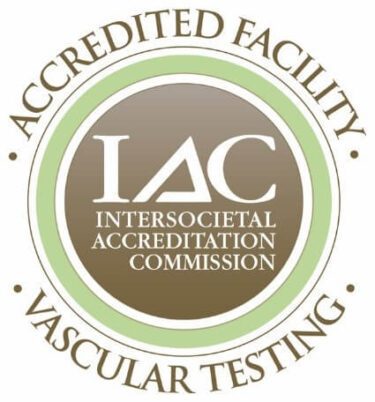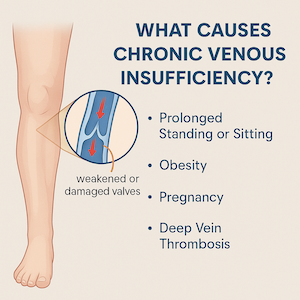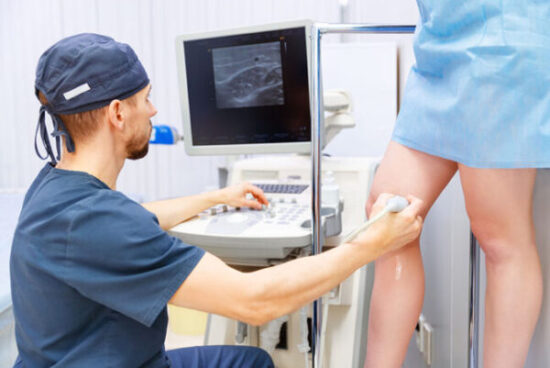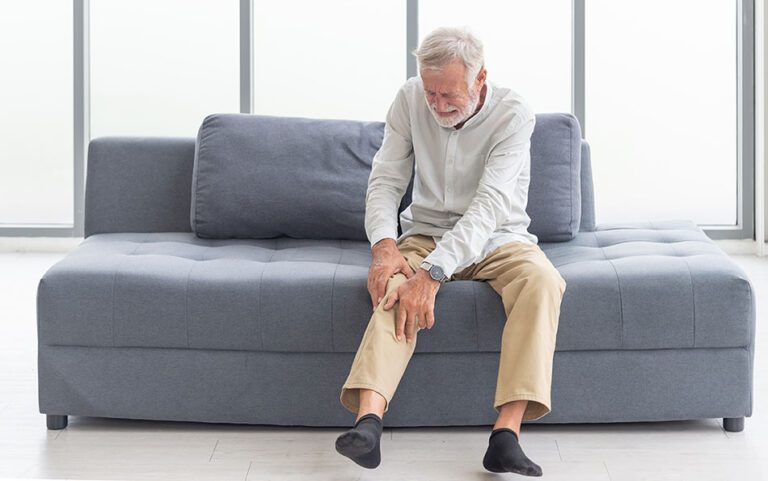Chronic Venous Insufficiency & Leg Pain
What is Chronic Venous Insufficiency? Chronic venous insufficiency is considered a venous disease that results in damaged veins. The damaged veins lead to reduced blood...
Read More







